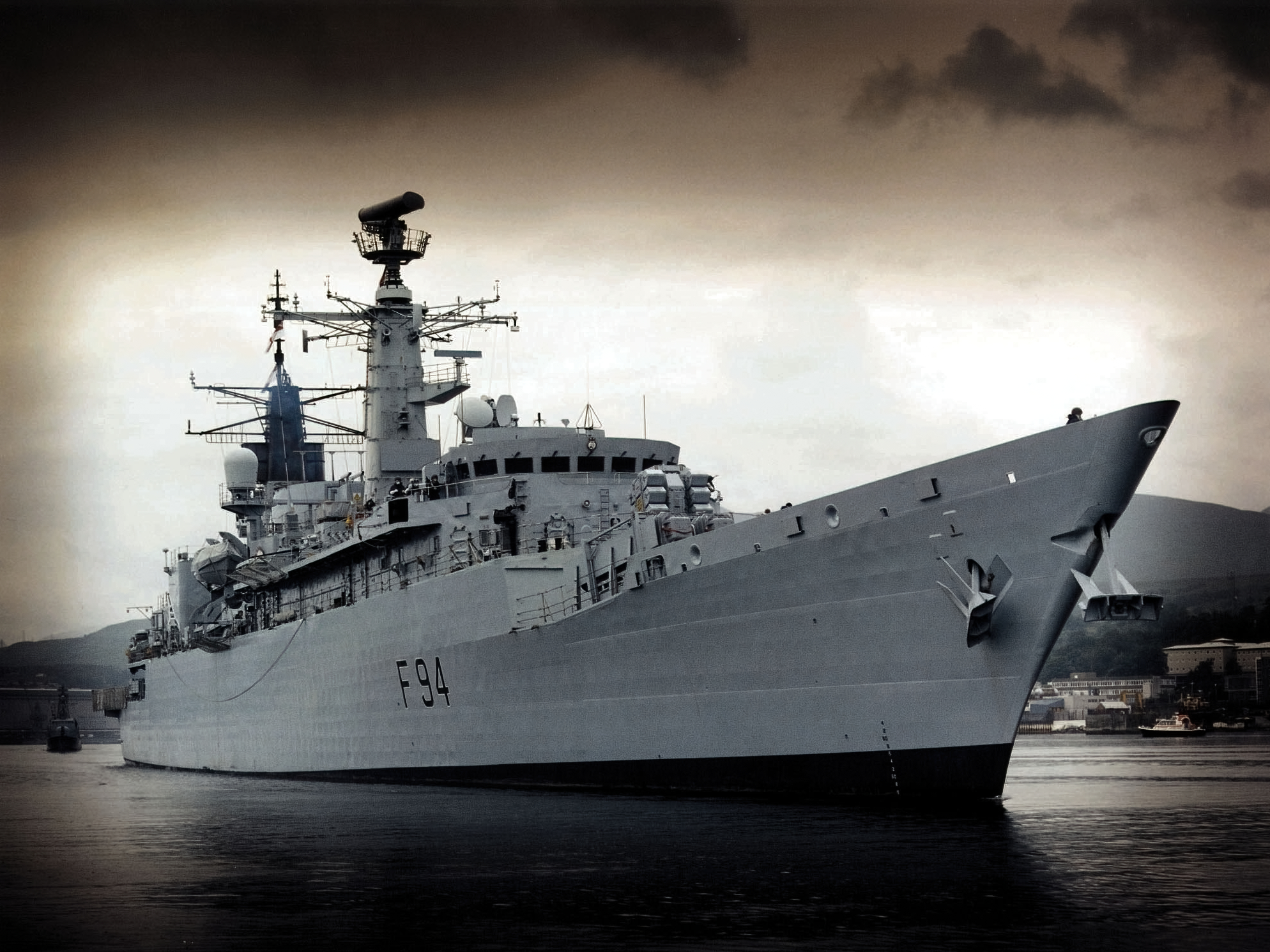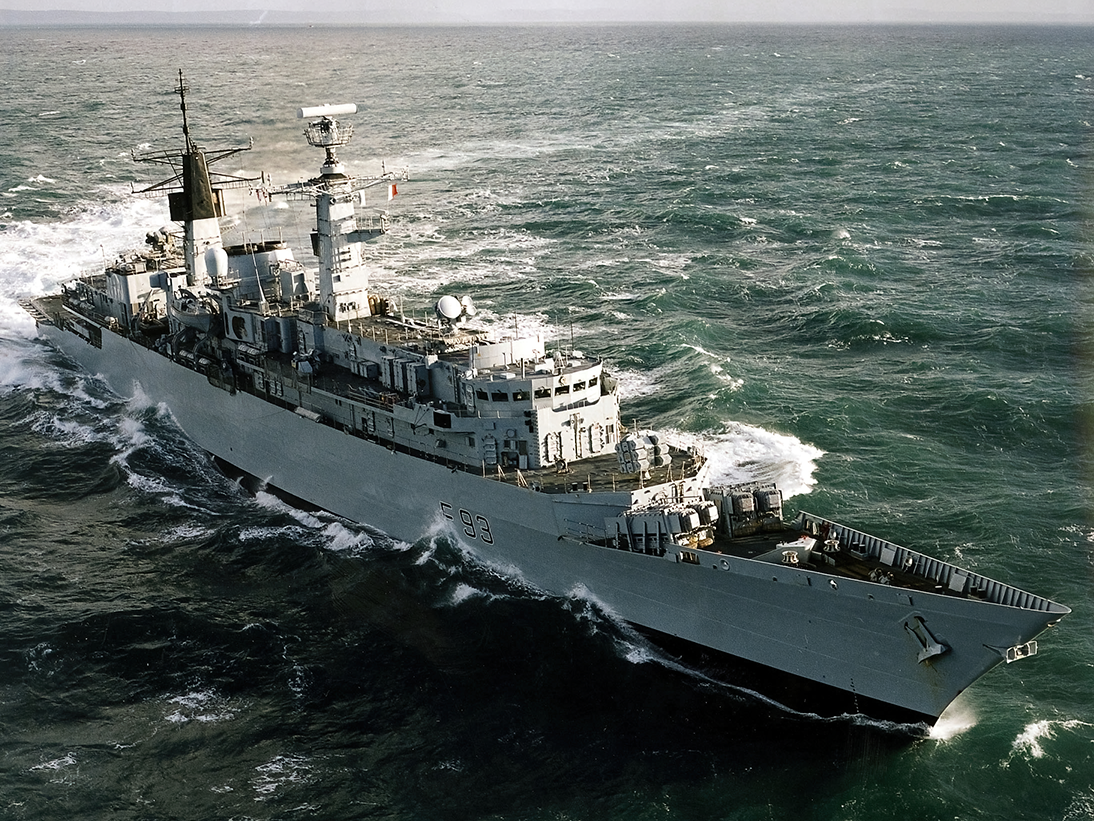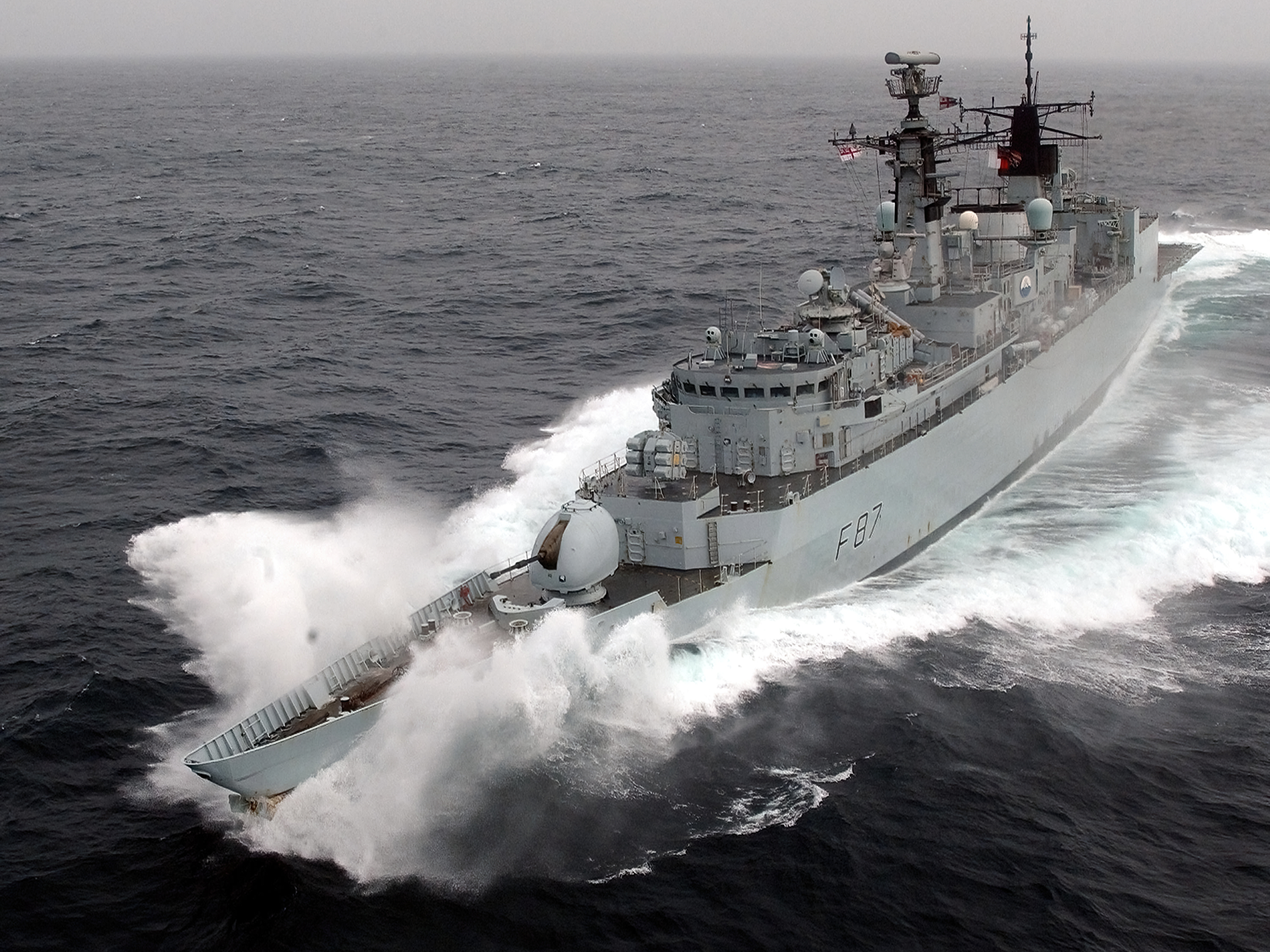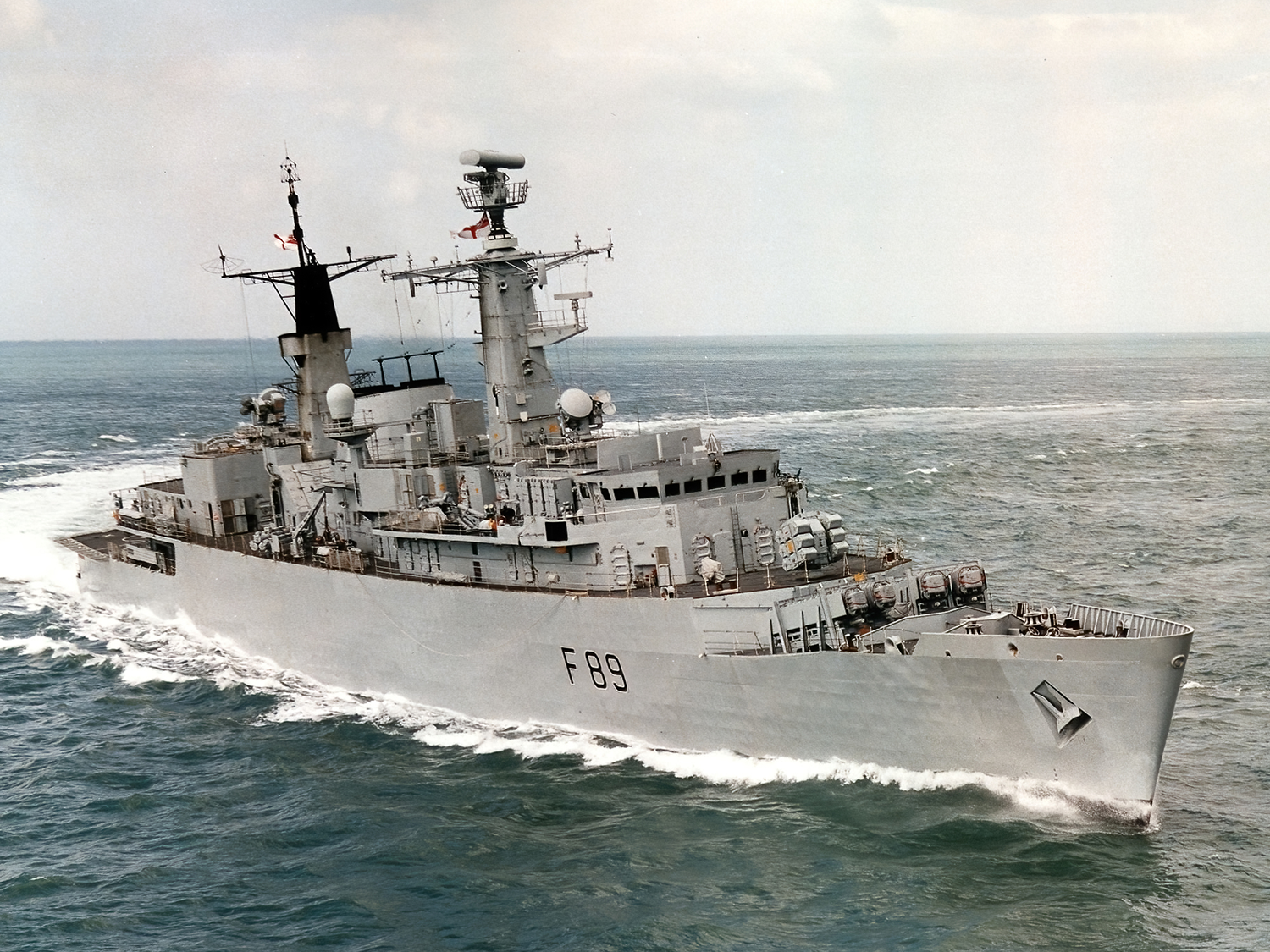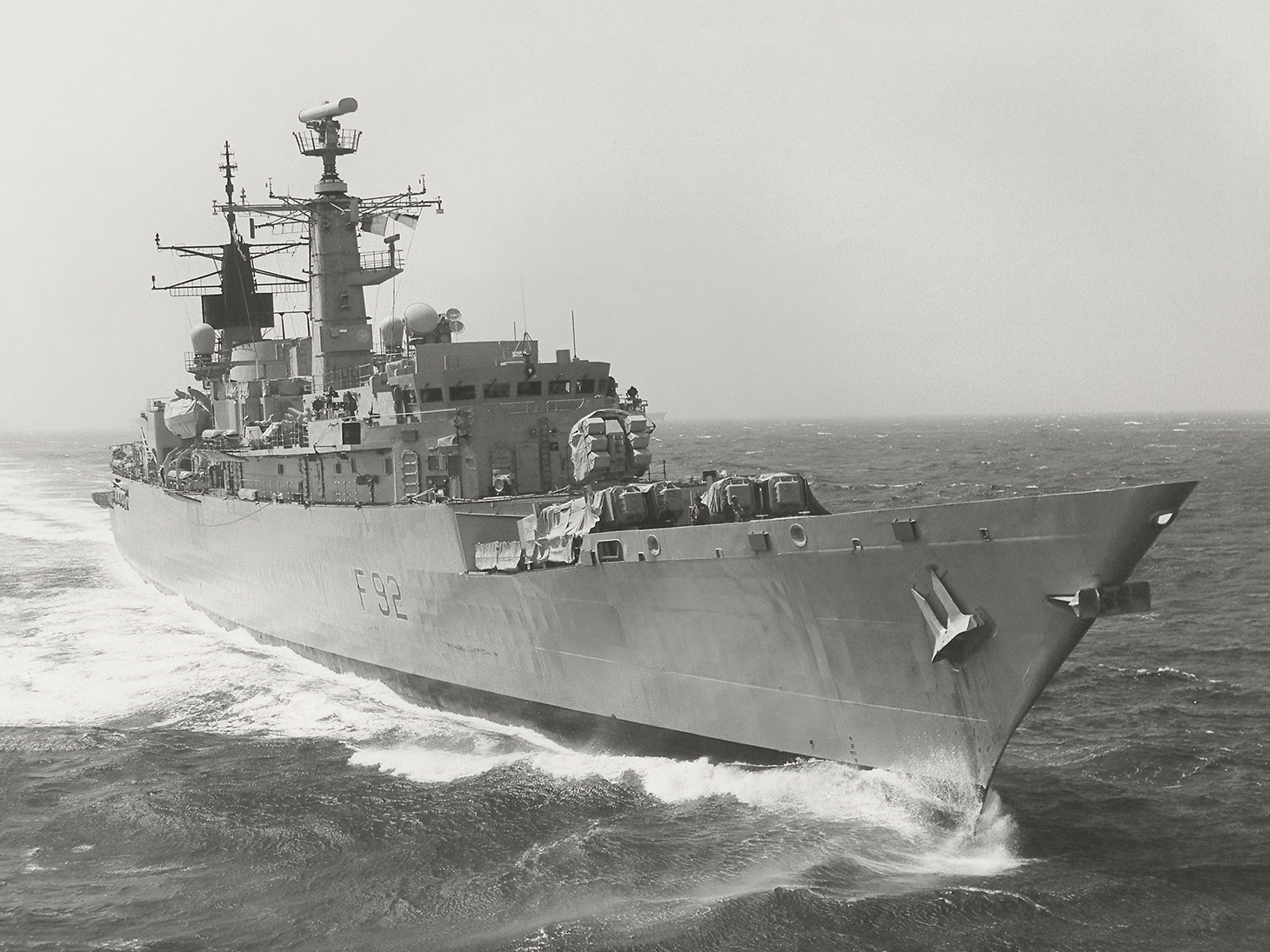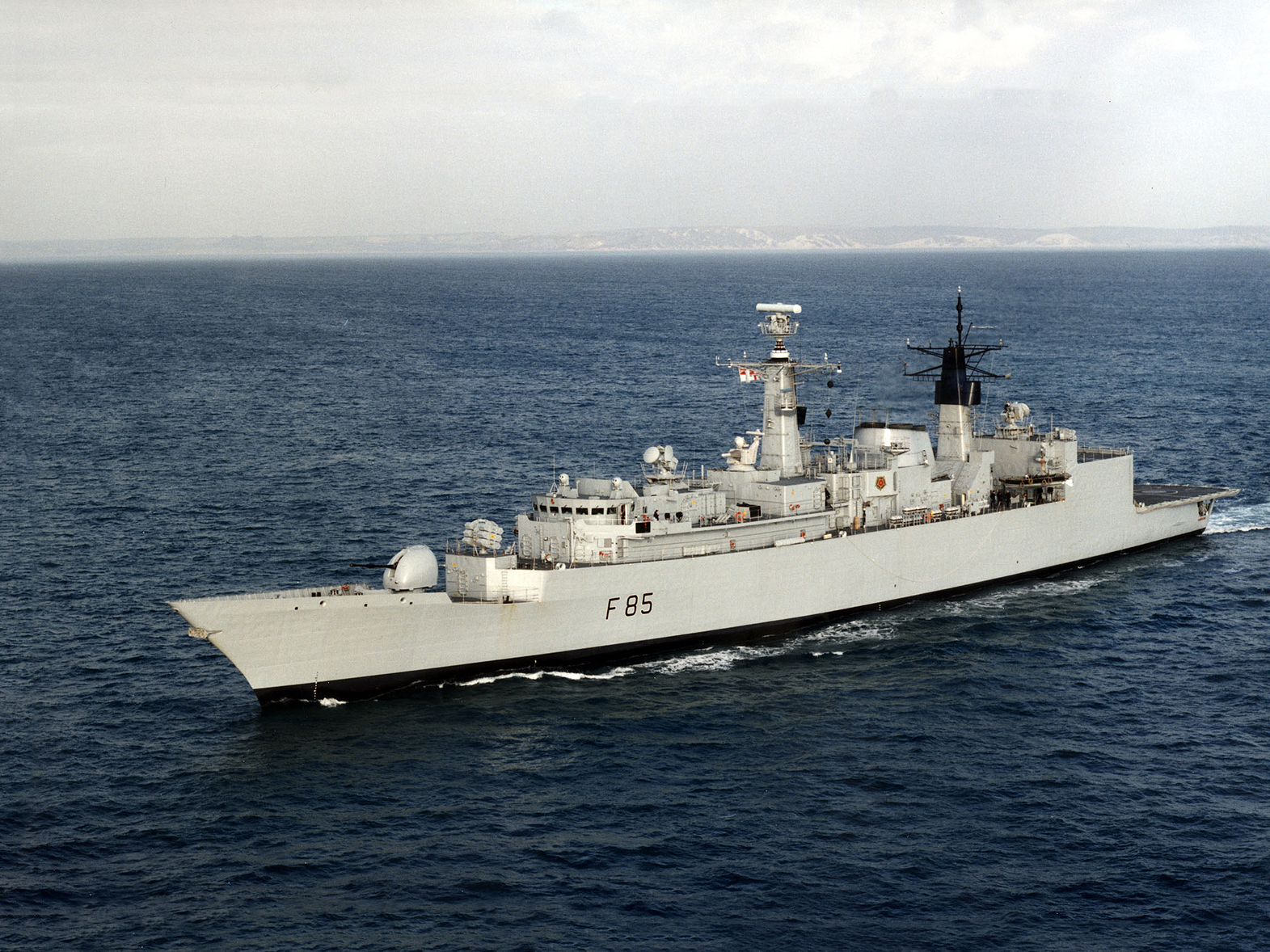Royal Navy Type 22 Frigates: A Comprehensive Guide
Introduction
The Type 22 frigates were designed during the Cold War to provide advanced anti-submarine warfare (ASW) capability for the Royal Navy. Built in three distinct batches, these large and heavily armed frigates went on to serve in a wide range of roles, including air defence, surface strike and humanitarian operations. A total of 14 ships were built between the late 1970s and late 1980s, with several going on to serve with other navies after their Royal Navy careers ended.
Origins and Design Development
The Type 22 was conceived in the late 1960s and early 1970s as a replacement for the ageing Leander class frigates. At the time, the primary threat to NATO shipping was the Soviet submarine fleet, particularly its fast nuclear-powered attack submarines. The new class was designed with sophisticated sonar, quiet propulsion and the ability to deploy helicopters, providing the Royal Navy with a powerful ASW escort.
The first batch, known as Batch 1, entered service in the late 1970s. These ships were followed by progressively larger and more capable Batch 2 and Batch 3 variants, which added enhanced missile systems, improved sensors and expanded surface warfare capabilities. At full load, later ships displaced more than 5,300 tonnes and were nearly 150 metres long, making them among the largest frigates the Royal Navy had ever operated.
Ships of the Class
A total of 14 Type 22 frigates were built, divided into three batches:
Batch 1: HMS Broadsword, HMS Battleaxe, HMS Brilliant, HMS Brazen.
Batch 2: HMS Boxer, HMS Beaver, HMS Brave, HMS London, HMS Sheffield, HMS Coventry.
Batch 3: HMS Cornwall, HMS Cumberland, HMS Campbeltown, HMS Chatham.
Falklands War Service
The Type 22 frigates saw their first combat during the Falklands War of 1982. HMS Broadsword and HMS Brilliant deployed to the South Atlantic as part of the task force. Their advanced Seawolf missile systems proved invaluable, successfully intercepting incoming Argentine aircraft and protecting the fleet from attack.
Broadsword was present at the loss of HMS Coventry, narrowly avoiding disaster herself, while Brilliant’s missiles accounted for several enemy aircraft. These actions demonstrated the value of the Seawolf system and confirmed the importance of the class in modern naval warfare.
Post-Falklands Service
After the Falklands, the Type 22 frigates became workhorses of the Royal Navy, taking part in global operations throughout the Cold War and beyond. They were deployed to the Persian Gulf during the Iran–Iraq War and again during the Gulf War of 1991, where they escorted shipping and enforced embargoes.
During the 1990s and 2000s, the class was involved in operations in the Balkans, Sierra Leone, counter-piracy patrols off the Horn of Africa, and disaster relief efforts. Their size and adaptability allowed them to serve as command platforms as well as escorts, giving them a central role in many multinational task groups.
Technical Features
Across the three batches, the Type 22 frigates were progressively improved, but all shared core features:
Displacement: Batch 1 around 4,400 tonnes, Batch 3 over 5,300 tonnes.
Length: Up to 148 metres.
Propulsion: Combined gas turbine (COGOG) system, with top speeds over 30 knots.
Missile Systems: Seawolf surface-to-air missiles on Batch 1 and 2, later Exocet anti-ship missiles, with Harpoon introduced on Batch 3.
Guns: 4.5-inch naval gun added in later batches.
Other Weapons: Anti-submarine torpedoes, depth charges, close-range defence systems such as Goalkeeper or Phalanx.
Aviation Facilities: Large flight deck and hangar capable of operating two Lynx helicopters, later Merlin.
Crew: Typically around 250 officers and ratings.
Batch 3 ships were the most heavily armed frigates the Royal Navy ever operated, effectively serving as multi-role warships rather than purely ASW specialists.
Legacy and Replacement
The Type 22 frigates served for more than 30 years, gradually being decommissioned between the 1990s and 2011. Several ships were transferred to the Brazilian, Romanian and Chilean navies, where they continued to serve for many years after leaving British service.
They were replaced in Royal Navy service by the versatile Type 23 Duke class frigates, which combined ASW capability with general-purpose flexibility. The Type 22s remain remembered for their contribution to the Falklands War, their global deployments, and their reputation as some of the most powerful frigates of their era.
Summary – At a Glance
|
Ship |
Commissioned |
Batch |
Notable Service Highlights |
Fate |
|
HMS Broadsword(F88) |
1979 | 1 | Falklands War, Seawolf successes |
Sold to Brazil 1995 |
|
HMS Battleaxe (F89) |
1980 | 1 | NATO deployments, Cold War patrols |
Sold to Brazil 1997 |
|
HMS Brilliant (F90) |
1981 | 1 | Falklands War, air defence cover |
Sold to Brazil 1996 |
|
HMS Brazen (F91) |
1982 | 1 | Gulf War, Caribbean deployments |
Sold to Brazil 1996 |
|
HMS Boxer (F92) |
1983 | 2 | Flagship roles, multinational exercises |
Decommissioned 1999 |
|
HMS Beaver (F93) |
1984 | 2 | Cold War service, Gulf operations |
Decommissioned 1999 |
|
HMS Brave (F94) |
1985 | 2 | NATO deployments, global patrols |
Decommissioned 1999 |
|
HMS London (F95) |
1984 | 2 | Gulf War, flag-showing missions |
Sold to Romania 2002 |
|
HMS Sheffield (F96) |
1988 | 2 | Gulf War, Adriatic patrols |
Sold to Chile 2003 |
|
HMS Coventry (F98) |
1988 | 2 | Gulf operations, NATO deployments |
Sold to Romania 2003 |
|
HMS Cornwall (F99) |
1985 | 3 | Gulf War, counter-piracy operations |
Decommissioned 2011 |
|
HMS Cumberland (F85) |
1986 | 3 | Libya 2011 operations, Gulf patrols |
Decommissioned 2011 |
|
HMS Campbeltown (F86) |
1988 | 3 | Global deployments, NATO taskings |
Decommissioned 2011 |
|
HMS Chatham (F87) |
1988 | 3 | Gulf War, humanitarian relief |
Decommissioned 2011 |
Conclusion
The Type 22 frigates were some of the most capable and versatile warships the Royal Navy ever operated. From their debut in the Falklands War to their service in the Gulf, the Balkans and beyond, they proved adaptable and reliable. Heavily armed and technologically advanced for their time, they provided Britain with formidable ASW and surface warfare capability for over three decades.
Although they have now left Royal Navy service, many continued to serve with allied navies, reflecting the strength of their design. Their legacy lives on in the modern Royal Navy through the lessons learned and the ships that succeeded them.


